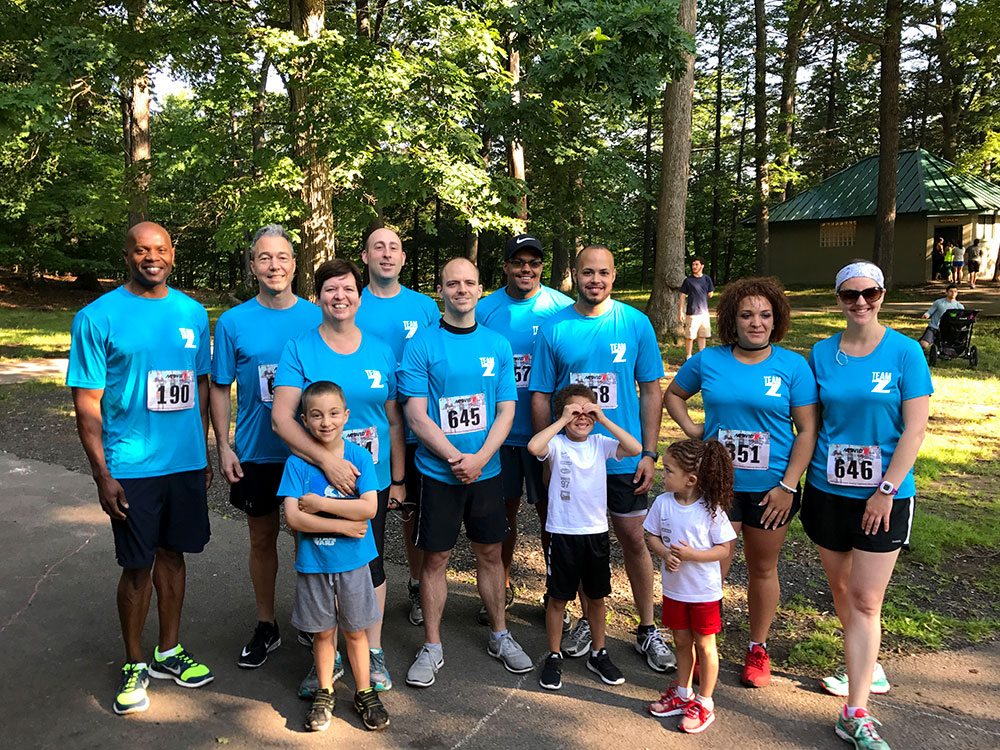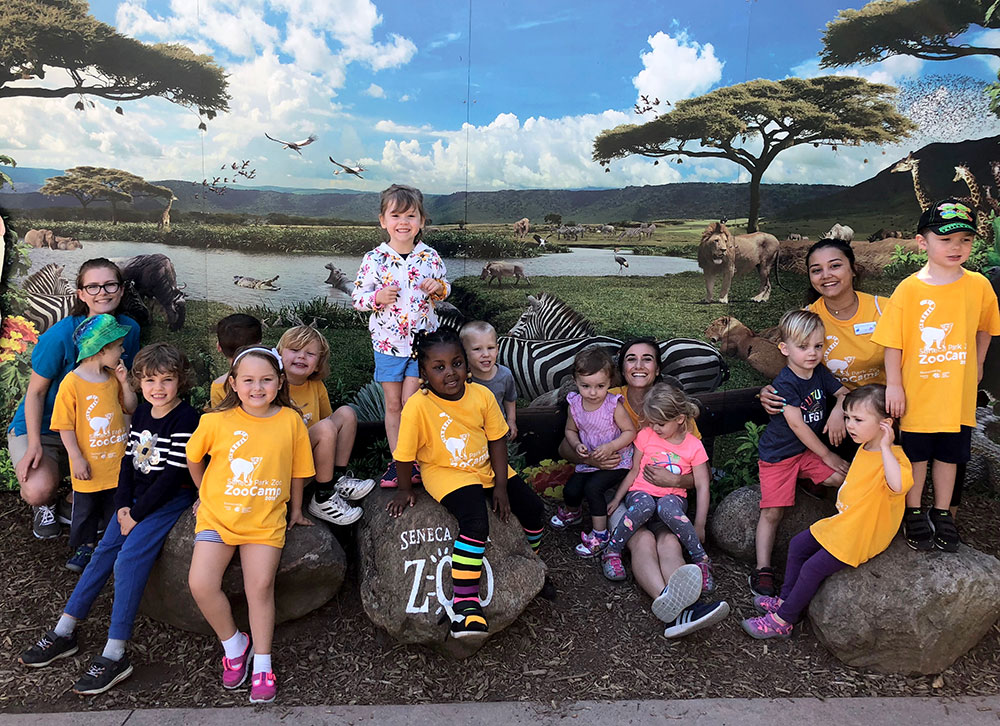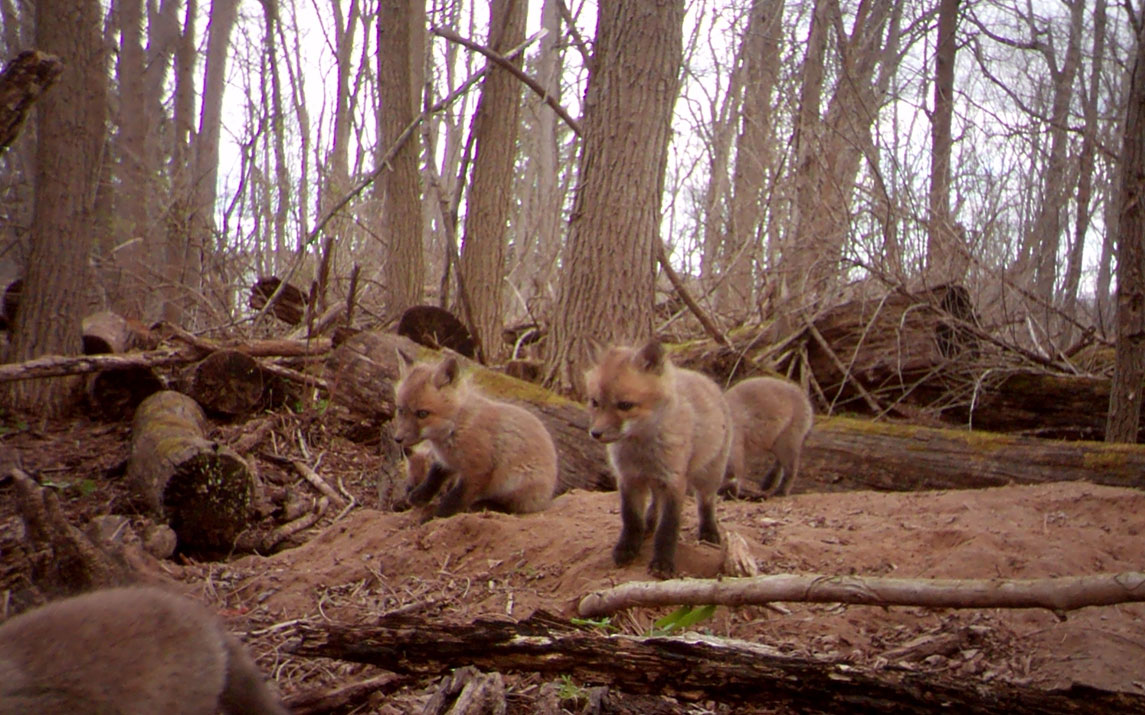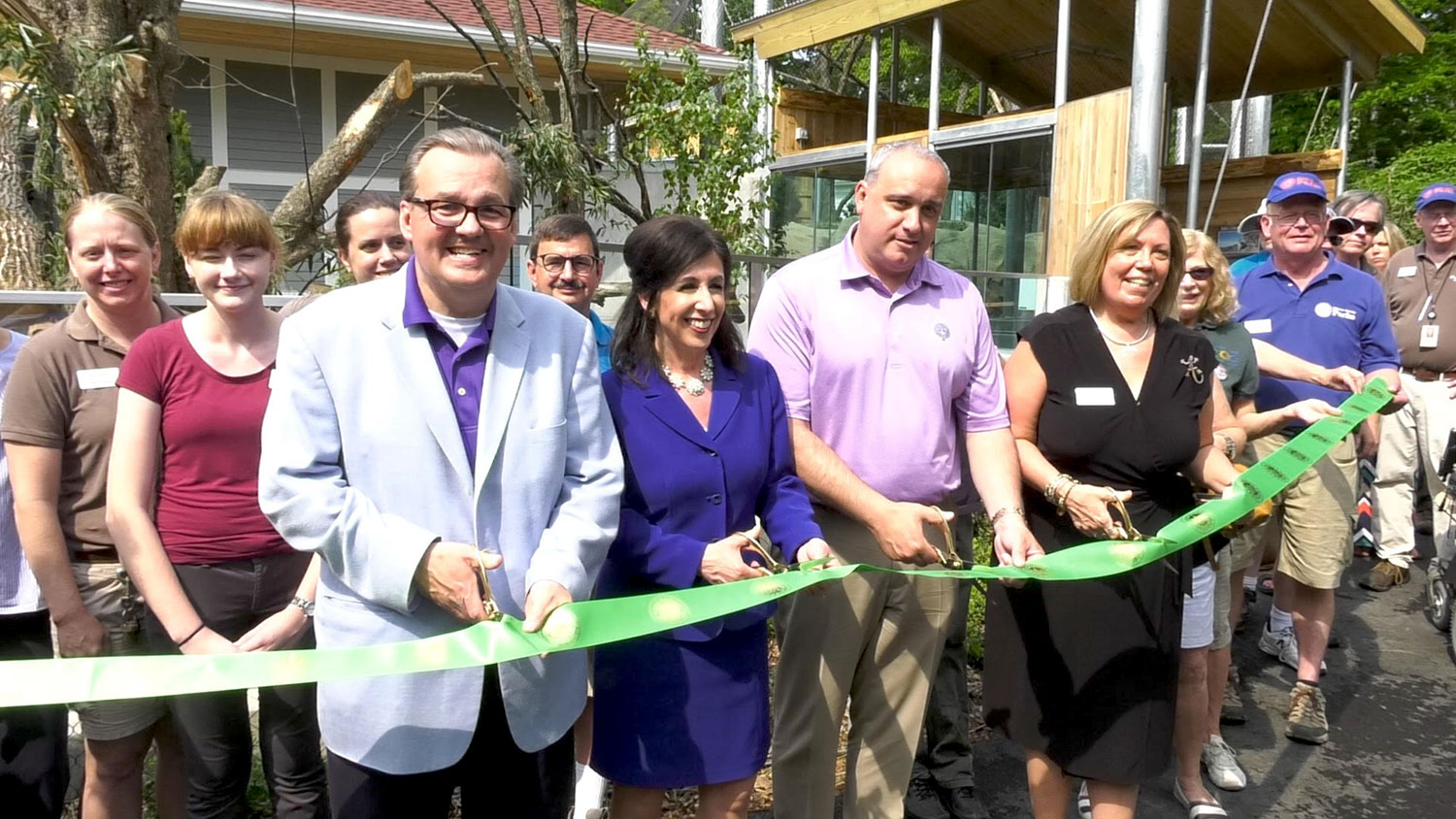June 11, 2018
Did you know you can help local wildlife simply by setting up a trail camera in your backyard? Trail cameras, or camera traps, are used by organizations around the world to study and help conserve wildlife. Cameras are a way to observe wildlife without disrupting animals or the environment.
On Saturday, June 16, Seneca Park Zoo will be hosting Camera Traps as Conservation Tools, a day dedicated to showing guests how camera traps are used to contribute to conservation. Interactive stations and animal experiences will provide an in-depth look at conservation methods with the goal of empowering guests to support organizations that use camera traps, like Snow Leopard Trust or even your Zoo, or by setting up their own cameras to observe the wildlife right in their backyards!
Kirk Doran, a member of the Zoo Society’s Education Committee, moved to Rochester from Indiana four years ago and now calls Bushnell’s Basin home. A nature enthusiast with a house near Powder Mills Park, Kirk has set up trail cameras to capture images of the animals that venture onto his property.Q: Where did you set up your trail camera?
Kirk: We have about two to three acres of land with mature trees behind our home. Initially, I set up a camera just in the backyard and it caught foxes, skunk, the neighbor’s cat, lots of deer, wild turkey, coyotes, and more. But two years ago, in February, I noticed we had some baby foxes playing behind our fence – the den was about 10 feet from the back of the fence – so I put a camera next to one of the den openings.
Q: What was it like to have a family of foxes living on your property?
Kirk: It was amazing to watch the babies grow up, being nursed, and the parents bringing back game for them. I set up a second trail camera that records video to get even more footage of the foxes growing up. My wife and I watched them all summer long. We hoped they would return the following year and indeed – the same father, with a new female, was back in the den with a new liter. Our cameras captured images the babies coming out of their den for the first time but soon after, the mother moved them to a different location.
Q: Have your experiences with trail cameras taught you more about wildlife?
Kirk: I’ve always had an interest in wildlife, and now I find myself doing research to learn more about the behaviors of species we catch on camera. You wouldn’t think of some of these animals living around here, but you’d be surprised at what the camera captures.Q: What type of trail cameras do you have?
Kirk: Trail cameras are easy to find, whether online or in stores like DICKS or Field & Stream. But there are an overwhelming number of options out there. You can find something simple, easy-to-use, and affordable that still captures quality images.
I have a basic Moultrie trail camera that I got as a gift about five or six years ago. My other camera that captures video is one I bought right off Amazon.
Q: Can anyone use camera traps to observe wildlife?
Kirk: Camera trapping is easy for anyone to pick up. Whether you live in a more residential or rural area, you’d be surprised at the animals you see traveling through your backyard.
Q: What have you enjoyed most about camera trapping?
Kirk: Being able to witness those baby foxes grow up was incredible. It was almost like having a family of pets that we grew attached to. We were sad when they left. I can’t really put into words how exciting it was. Almost every evening at dusk we’d see them playing in the background.
Q: Did you do attempt to do anything for the animals?
Kirk: Wildlife always needs water, so at the end of one of the seasons, I put a big pan of water in our backyard. Within three weeks, the cameras captured many images of foxes, skunks, birds, opossums, deer, and more – all using that dish as a source of water. Even in a more residential neighborhood, water can bring in all types of wildlife.While the family of foxes has moved on, Kirk recently noticed a family of groundhogs has moved into the den and had baby groundhogs! He’s looking forward to following their journey.
Be sure to visit the Zoo Saturday, June 16, for Camera Traps as Conservation Tools Day to learn how you can get involved.











